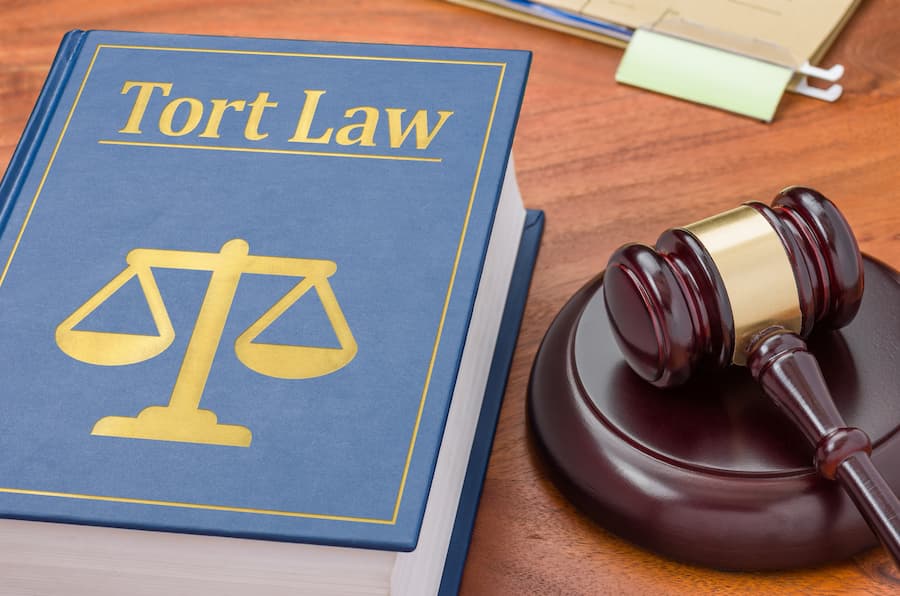In December 2022, Florida passed Senate Bill 2A, which made substantial overhauls to insurance company regulations, reinsurance, property insurance claims, and other related areas. On March 23, 2023, Gov. Ron DeSantis signed HB 837 into law, which further reformed civil litigation and how injured parties may pursue compensation in Florida. The changes went into effect immediately after signing.
These sweeping reforms to Florida’s tort laws protect businesses, corporations, and property owners from paying appropriate, fair damages in personal injury lawsuits. The changes will have a considerable impact on Florida’s civil judicial system, including how long plaintiffs have to bring civil actions and how much compensation they can receive. The changes also address attorney fees, bad faith insurance issues, and more.
We cover some of the major changes the new legislation brings in the following article. If you have questions about how these legislative changes may affect your personal injury claim, speak with an experienced Florida personal injury attorney for a detailed explanation as it applies to your case.
Statute of Limitations is Now Two Years

Before the tort reform revisions, Florida allowed plaintiffs four years to file a personal injury lawsuit in civil court—but for medical malpractice and wrongful death claims, plaintiffs had only two years. HB 837 shortened Florida’s statute of limitations for all civil actions based on negligence to two years.
The revision does not affect actions before March 24, 2023, only actions that came afterward. Incidentally, the two-year statute of limitations is in line with what many other states offer, such as Pennsylvania and New Jersey.
Nevertheless, many parties filed lawsuits in Florida shortly before the changes took place, which has created a considerable backlog in processing the new filings.
Modified Comparative Negligence
Previously, Florida courts used the rule of pure comparative negligence when determining damages in personal injury lawsuits. Under this rule, plaintiffs could obtain compensation even if they were mostly at fault for their injuries. For instance, even a person who was 99 percent at fault could recover damages, though not many.
After the revisions, Florida adopted a modified comparative negligence rule. Now, Florida law bars a plaintiff from recovering damages if they are more than 50 percent at fault. The new comparative fault rule does not apply to medical malpractice cases, including those involving wrongful death.
Property Owner Protections
The new law also offered several protections to property owners, particularly when involving negligent security. For example, if a plaintiff legally entered a property and suffered harm from a third party’s criminal act, fact-finders must consider the fault of all parties involved who contributed to the plaintiff’s injuries.
Also, owners of multi-family residential properties, such as apartments and condos, benefit from a presumption against liability if the property owners implemented certain safety measures. These can include installing security cameras that target key entrances and exits to the property, placing deadbolt locks on each apartment door, providing adequate lighting in parking lots and common areas, and installing locked gates around swimming pools and other communal spaces.
Attorney Fees
One major change involves attorney fees. In general, federal courts adhere to a lodestar fee model to calculate attorney fees. A lodestar fee is simply the time an attorney worked on a case multiplied by a reasonable attorney fee.
Previously, Florida’s civil courts did not follow the lodestar fee computation model and allowed attorneys to adjust their legal fees based on various factors.
Now, Florida falls into lockstep with federal procedures and creates a rebuttable presumption that lodestar attorney fees are sufficient and reasonable for most civil actions. However, the bill also offers exceptions, which can include the plaintiff’s inability to retain competent counsel otherwise.
HB 837 also allows for one-way attorney fees in declaratory judgment actions, except for declaratory actions involving commercial or residential properties.
Bad Faith Claims and Competing Claims
Under HB 837, insurance carriers may avoid bad-faith actions involving liability claims if the carrier remits the policy’s liability limits or pays the amount the plaintiff demanded within 90 days of receiving actual notice of the claim. An insurer failing to pay within 90 days does not constitute bad faith. If the insurer does not pay within the first 90 days, the statute of limitations will extend another 90 days.
Also, if two or more claimants have competing claims arising from the same action—and the total damages exceeds the policy’s limits—the insurer does not act in bad faith by failing to pay within 90 days. Insurers may also file interpleader actions or engage in arbitration according to the bill’s procedural requirements.
Another important change: Mere negligence alone does not constitute bad faith. Also, claimants and their counsel must act in good faith when providing evidence and disclosure, or when making or settling a claim. The court may reduce damages if plaintiffs and their representatives act in bad faith regarding the claim.
Admissibility of Evidence to Prove Medical Damages
The new law also affected what evidence courts can admit to prove damages for past and future medical expenses.
Going forward, courts will limit admissible evidence of medical care and services thusly:
- Past paid medical bills. Plaintiffs may only enter evidence for the amount actually paid, no matter who paid it. Courts cannot admit initial billed amounts.
- Past unpaid medical expenses. The evidence plaintiffs may submit will depend on their health coverage. If they have private health insurance, they provide evidence of the amount the insurer must pay according to the policy along with their own portion of medical expenses.
- No health insurance or Medicare/Medicaid. Plaintiffs with no insurance or those covered by Medicare/Medicaid may submit evidence of medical damages at 120 percent of the Medicare reimbursement rate or 170 percent of the Medicaid rate.
- Future medical expenses. Plaintiffs with private health insurance must submit evidence to show what their insurer would pay for future medical care and services. For those with Medicare/Medicaid, the above percentages apply.
For past unpaid and future medical bills, plaintiffs may submit any evidence to support their claim for damages, but any usual and customary damage amounts will depend on their healthcare coverage.
HB 837 also addressed Letters of Protection (LOP) and instances where patients receive medical care from a physician with no upfront costs, with the understanding the doctor will receive a fee from the patient’s court award or settlement.
The new law requires a LOP disclosure that includes:
- A copy of the LOP
- Itemized and coded billings for the patient
- Whether the claimant had health insurance and the insurer’s identity
- Whether the claimant’s attorney or some other party referred them to a LOP physician
- Any financial relationship between the LOP and the law firm
The disclosure also requires a provider to identify the factoring company or third party they sold the claimant’s account to and include the purchase figure and any discounts that affect the invoice amount.
Consult a Florida Personal Injury Attorney Today

Florida’s HB 837 created many changes that will likely affect your personal injury case. One of the most important is the shortening of the statute of limitations.
You have no time to lose if you suffered injuries because of someone else’s negligence in Florida, and you need to reach out to an experienced Florida personal injury attorney immediately for help. The attorneys at The Levin Firm Personal Injury Lawyers are here to answer your questions, advise you of your options, and help you get the compensation you deserve.
